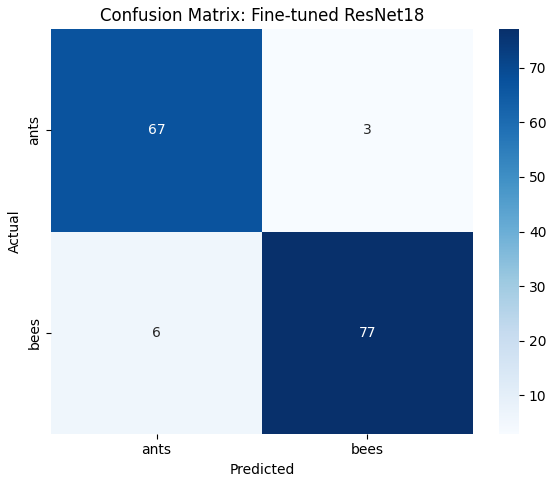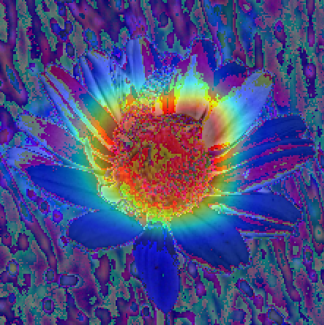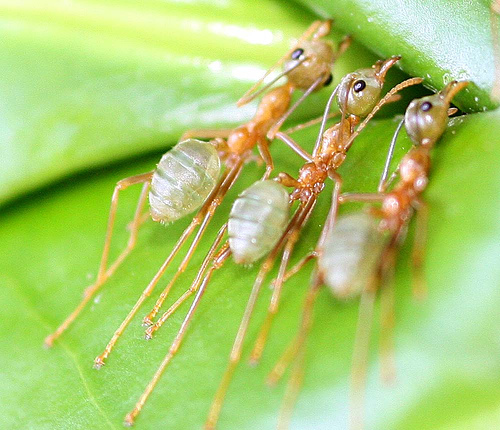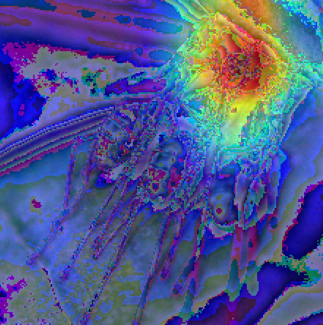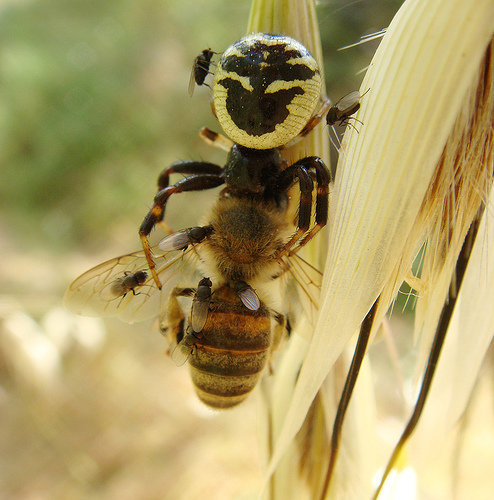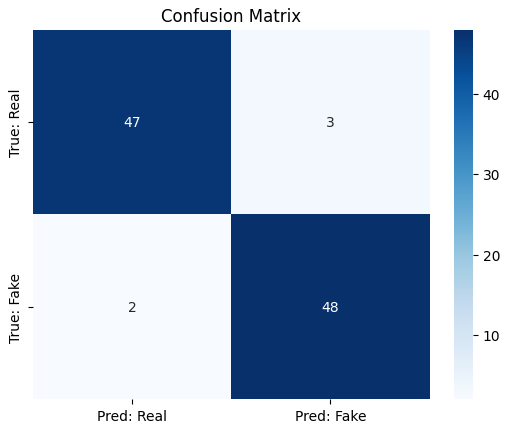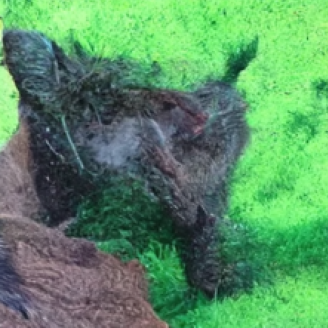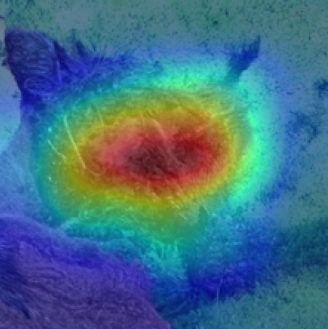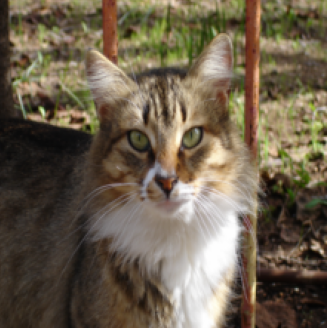Transfer Learning & Diffusion-Based Classification
Transfer Learning & Diffusion-Based Classification
Part 1: Ants vs Bees - Transfer Learning
Approach
I applied transfer learning using a pretrained ResNet-18 model. Two strategies were tested:
- Fine-tuning all layers
- Using it as a fixed feature extractor (only the final FC layer was trained)
Data augmentation was used to improve generalization.
Implementation
- Dataset: Hymenoptera Dataset
- Preprocessing: Resize, Normalize, RandomHorizontalFlip
- Training:
- Loss: CrossEntropyLoss
- Optimizer: SGD with momentum
- LR Scheduler: StepLR
- Backbone: ResNet-18 (both fine-tuned and frozen)
flowchart LR
A[Load Dataset] --> B[Preprocess]
B --> C[Train/Val Split]
C --> D{Mode}
D -->|Fine-tune| E1[ResNet-18 (all layers)]
D -->|Feature Extractor| E2[Freeze all except FC]
E1 --> F[Train]
E2 --> F
F --> G[Evaluate]
G --> H[Classification Report]
G --> I[Confusion Matrix]
G --> J[Grad-CAM]
J --> K[Compare Modes]
Results
Fine-tuned ResNet-18
- Val Accuracy: 94.12%
- Train Accuracy: 100%, Loss: 0.0402
Classification Report
| Class | Precision | Recall | F1 | Support |
|---|---|---|---|---|
| ants | 0.92 | 0.96 | 0.94 | 70 |
| bees | 0.94 | 0.96 | 0.95 | 83 |
| accuracy | — | — | 0.94 | 153 |
| macro avg | 0.94 | 0.94 | 0.94 | 153 |
| weighted avg | 0.94 | 0.94 | 0.94 | 153 |
Confusion Matrix
Grad-CAM Examples
Feature Extractor Mode
- Val Accuracy: 91.50%
- Train Accuracy: 93.03%, Loss: 0.2079
Classification Report
| Class | Precision | Recall | F1 | Support |
|---|---|---|---|---|
| ants | 0.86 | 0.97 | 0.91 | 70 |
| bees | 0.97 | 0.87 | 0.92 | 83 |
| accuracy | — | — | 0.92 | 153 |
| macro avg | 0.92 | 0.92 | 0.91 | 153 |
| weighted avg | 0.92 | 0.92 | 0.92 | 153 |
Confusion Matrix
Grad-CAM Examples
Part 2: Real vs Fake Cats - Diffusion Classification
Approach
- Real Images: 100 from Kaggle Cat Dataset
- Fake Images: 150 generated using
google/ddpm-cat-256via Hugging Face - Split: 100 fake (train), 50 fake (val)
- Task: Binary classification (real vs fake)
Implementation
- Frameworks: PyTorch, torchvision, diffusers
- Dataset:
ImageFolderformat - Model: ResNet-18 (binary classifier)
- Optimizer: Adam
- Epochs: 10
flowchart LR
A[Load Real Cats - Kaggle] --> B1[Train: 100 | Val: 50]
A2[Generate Fake Cats - DDIM] --> B2[Train: 100 | Val: 50]
B1 --> C[Folder Structure Setup]
B2 --> C
C --> D[ImageFolder Loader]
D --> E[ResNet-18 + FC(2)]
E --> F[Train with Adam]
F --> G[Evaluate]
G --> H[Confusion Matrix]
G --> I[Grad-CAM Visuals]
I --> J[Compare Interpretations]
Results
- Val Accuracy: 95.0%
- Train Loss: 0.0054
Classification Report
| Class | Precision | Recall | F1 | Support |
|---|---|---|---|---|
| Real | 0.96 | 0.94 | 0.95 | 50 |
| Fake | 0.94 | 0.96 | 0.95 | 50 |
| accuracy | — | — | 0.95 | 100 |
| macro avg | 0.95 | 0.95 | 0.95 | 100 |
| weighted avg | 0.95 | 0.95 | 0.95 | 100 |
Confusion Matrix
Grad-CAM Examples
Discussion & Conclusion
- Transfer learning performs well on small datasets.
- Fine-tuning yields better accuracy but takes longer to train.
- DDIM-generated images were visually realistic, but models could still distinguish them.
- Grad-CAM proved valuable for interpreting classifier behavior.
Reproducibility
- Python 3.10
- Key Libraries: PyTorch, torchvision, diffusers, scikit-learn
requirements.txtincluded in repo
Author: Aryan Jain
Course: CS 614 Assignment – Transfer Learning & Synthetic Image Classification
This post is licensed under CC BY 4.0 by the author.
